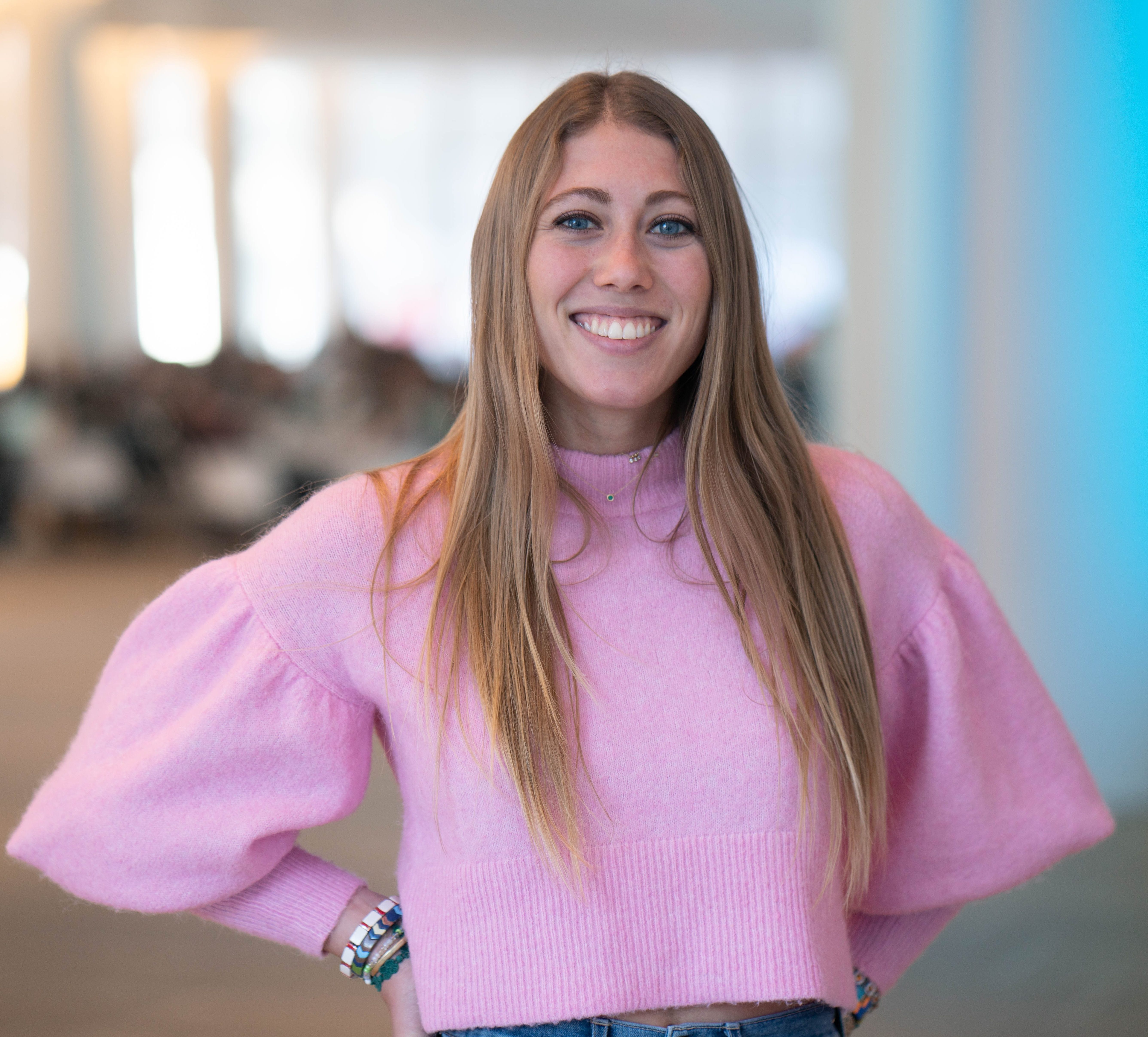Art is all around us — on the streets, hanging in galleries, and abound on the internet. But, simultaneously, it’s very difficult to acquire — it’s expensive, hard to find, and most of us don’t even know what we like. And, the art world is so exclusive and tight-knit, that many of us don’t even fully understand how it works. Enter Artsy.
Artsy is an online marketplace that houses much of the world’s art for potential buyers and collectors. “We’re the connector between the commercial entity and the buyer,” said Marina Cashdan, Artsy’s VP of Editorial, Brand, and Creative. Since 2009, Artsy has been making art easier to purchase (and understand) for the average person. And for the last few years, Artsy has also been telling powerful stories about art and the artists behind the work.
We sat down with Marina to better understand how Artsy is breaking down barriers in the art world and bringing fresh perspectives to a highly-traditional industry.
How and why did Artsy get into video?
We got into video because it felt like the primary medium for inviting people into the art world. In the early days, we used video to exclusively show a piece of art. Video gives dimension to a piece of art that a flat photograph just can’t provide. When we saw how impactful those videos were, we expanded into the more narrative types of videos we do today.
As we started to expand our video strategy, other brands expressed interest in working together on videos about art. The type of content we made (and continue to make) with brands didn’t sell a product or a service, but connected with an art-engaged audience.
How does video help Artsy tell stories?
We face certain challenges as a digital platform—and specifically as an art platform. Human connection is such a critical part of both the art-making and art-buying processes. But it can be difficult to foster that human connection in the digital space.
Video makes it possible for us to go into an artist studio and understand why he or she makes the work they make and explore a particular theme or issue. Video gives you the opportunity to immerse viewers in a scene and make them feel something on a deeper, more personal level. We’ve explored some really potent issues in the art world with video.
What is your production process like?
It takes commitment and a budget—that’s where our partnerships have proven really valuable. We don’t have an in-house video team. We work with external directors, production companies and creative teams. And we always start with a creative brief and an understanding of what our goal is. Sometimes it’s a question we’re trying to answer or an issue we’re trying to solve. Once we establish our angle and distinct point of view, we build out a creative brief and choose the right partners to work with. Often, we go to Vimeo to find creative collaborators.
The next critical part is working with a director who’s actually passionate about the subject matter. I think you can only achieve a good end result if everyone involved is passionate about what we’re working on. Building the right team is a critical step for me.
You’ve partnered with brands like Gucci, UBS, and BMW. How do these incredible partnerships come to be?
Our first partnership was with UBS. We did a short history of the Venice Biennale, which is a major art exhibition every two years. It’s been largely exclusive to members of the art world and we felt it needed to be more inclusive. The purpose of the film was to explain the Biennale in a lighthearted, informational way. A lot of our best partnerships have come from a conversation where both parties agree on a need for something. In terms of our UBS partnership, both parties felt like the rest of the world deserved to know what the Venice Biennale is and what happens there. A strong partnership also requires a specific conviction on the marketing side of the organization. Our partners need to have a vision and be willing to take risks. Fortunately, a lot of our partners are already deeply invested in art. So, they care about the same issues that we do and they’re willing to take those risks.
Tell us about your distribution strategy.
Distribution is one of the reasons we started using Vimeo. We’ve used Vimeo from the get-go because we were embedding our videos on our site and wanted an experience that felt elegant. From a mission standpoint, Vimeo also felt very aligned with Artsy in terms of supporting artist communities. We also put our videos on our social channels and in email marketing. We often make platform-specific video cuts based on the video length supported by each platform—as well as the audience demographic we have on each platform. Now, in the age of Instagram Stories, we’re also making videos in different aspect ratios.
How does Artsy use Vimeo?
Aside from distribution, we’re huge fans of Vimeo unlisted links. We work with a lot of Vimeo filmmakers, so we’re always getting unlisted links through Vimeo. We also share unlisted links with our subjects so they can see a film before it’s released. The Staff Picks channel has been enormously helpful. It’s a great place to go if I’m looking for a collaborator or want to get inspired—or just to fall into a great rabbit hole.
Do you have any advice for other teams or creatives who want to build an audience for their storytelling?
I always go back to that human connection. Video is a key medium for developing a connection with your audience and setting a tone for your brand. I would say, start making videos about your brand. They can be narrative, testimonials, anything.
